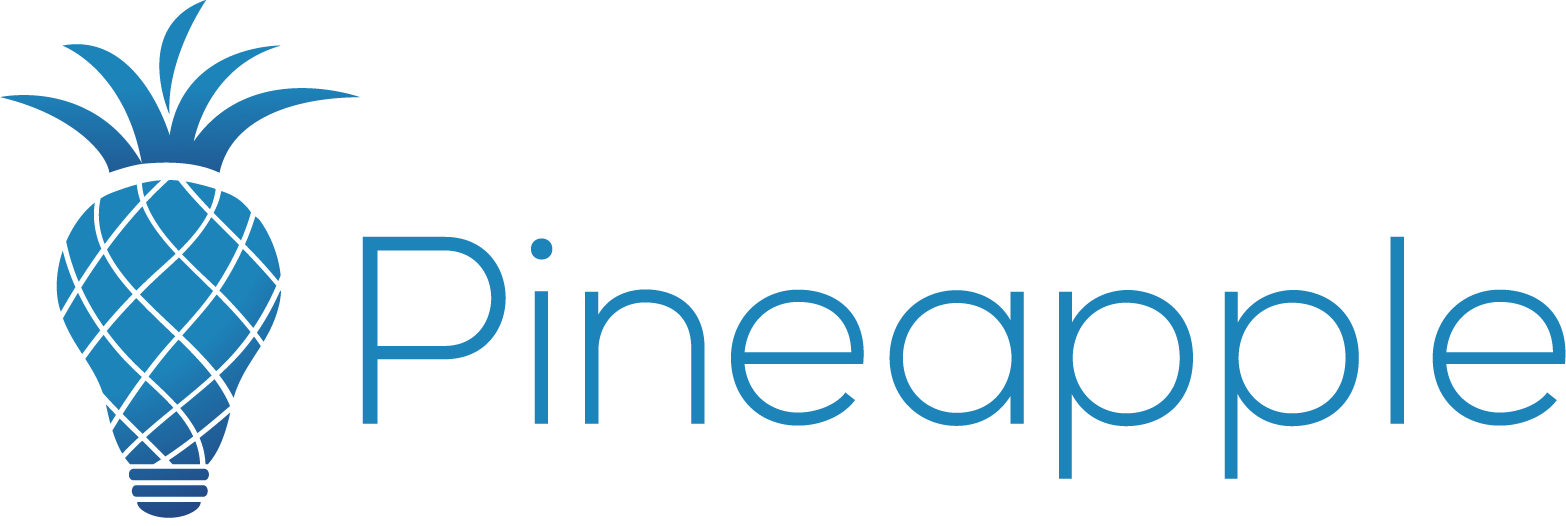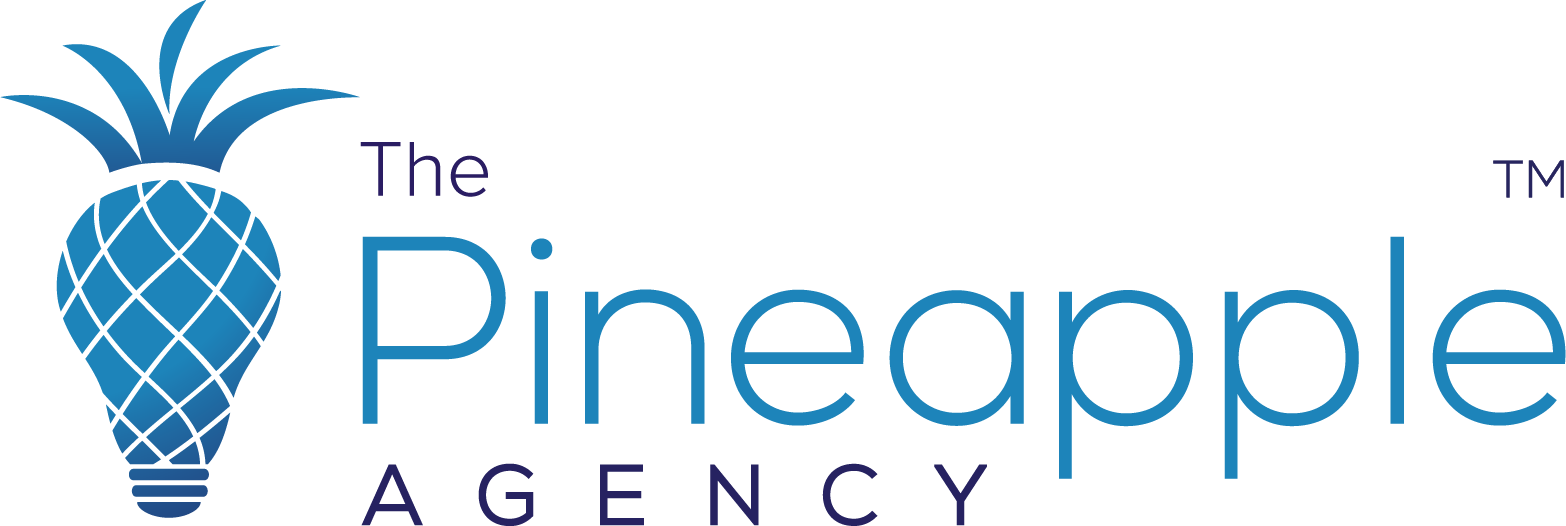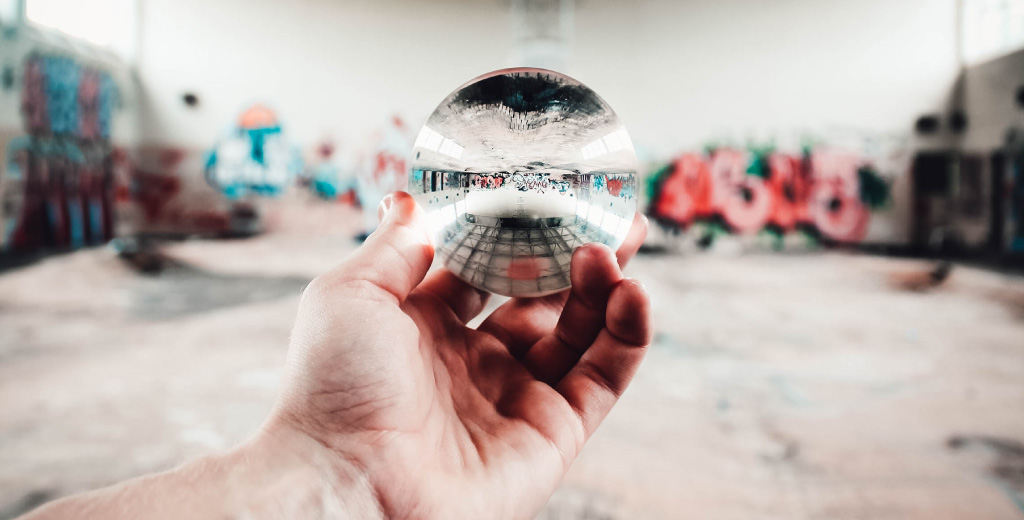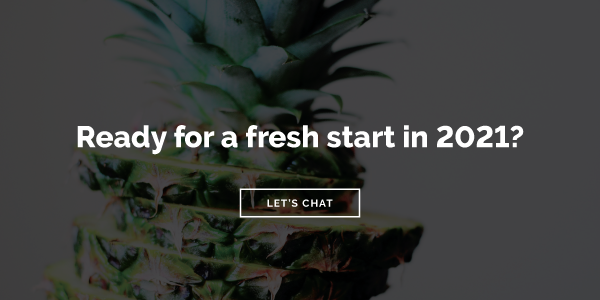Five trends that will shape experiential marketing in 2021
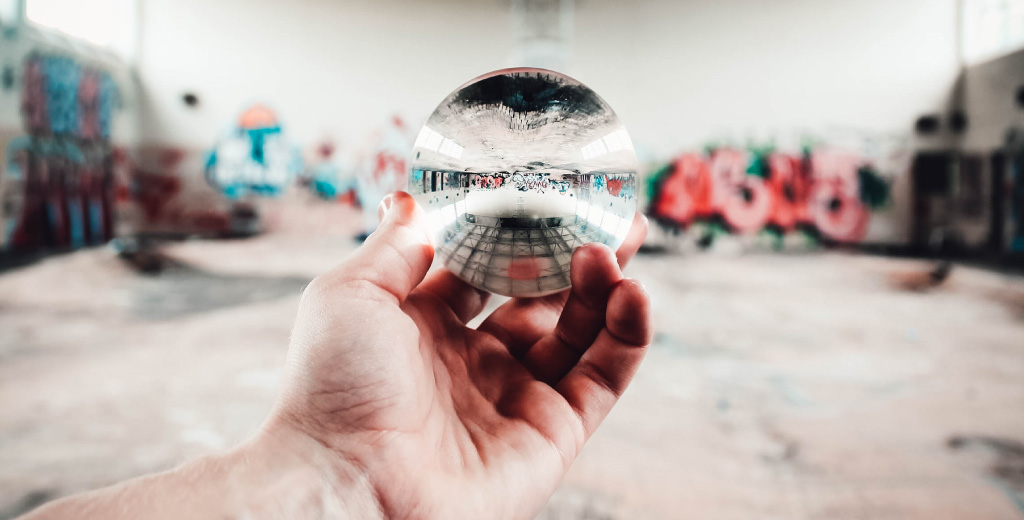
While we aren’t fortune tellers, and no matter how many times we’ve looked into our crystal ball, we don’t know exactly what 2021 will hold for us. What we can say is that we’ve been on the ground working through the current challenges in real-time, and we’ve got a good grasp on what we believe the trends that will shape the years ahead will be. We’ve gathered a shortlist of these concepts for you to consider as we enter the unknown. Cheers to a fresh perspective, a renewed industry, and a new year!
1. Emotional intelligence 2.0
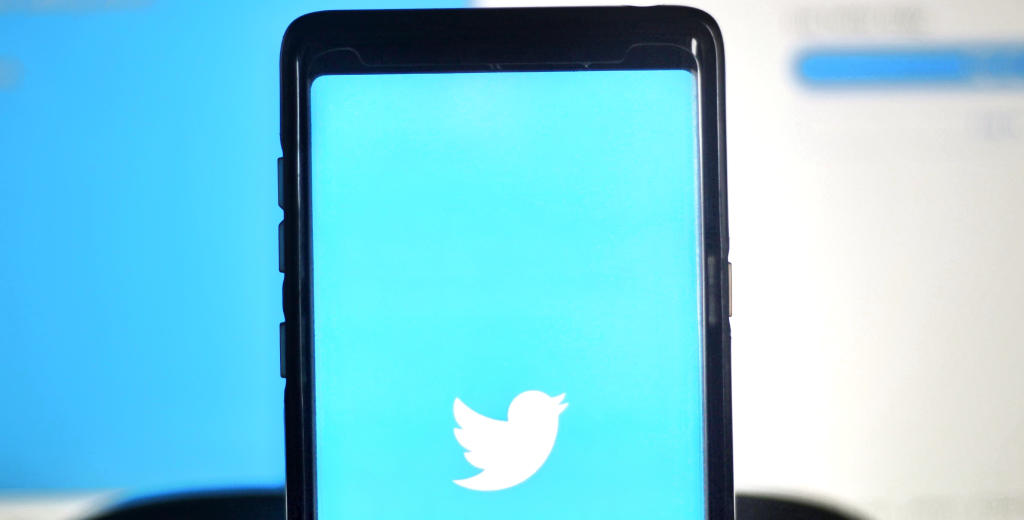
“Digital is about people, not technology. It’s about emotional intelligence, not artificial intelligence.” —Tom Bryant
Since the term ‘emotional intelligence’ was coined in the ’90s, EQ has seemingly become a part of every professional conversation since. 30 years later, a new era has arrived — the era of ‘digital emotional intelligence’ (DEQ). For brand marketers, it’s now essential to have DEQ and be able to interpret digital emotional cues which guide thinking, responses, and decisions across channels and particularly, events and experiential marketing. DEQ comes with its own set of available tools like social media. On social channels, brands can directly access what people say and share in their photos and videos. Beyond that, they have access to an unfiltered view of how people live and consume – displayed by interactions across platforms that tell the consumers’ full story. Brands can take this free information, plan an experience flow, and then study decision-making during the consumer journey. Afterward, they can continue to use digital footprints to understand how people move through the funnel chronologically and compile data that can ultimately drive strategy for customer loyalty and lifetime value. With strategy driven by DEQ, brands can personalize, engage, and connect with consumers immediately, transparently, and organically. And if a consumer sends you the ‘you up?’ DM in 2021, your digital emotionally aware social team better answer them appropriately.
2. #ShopLocal
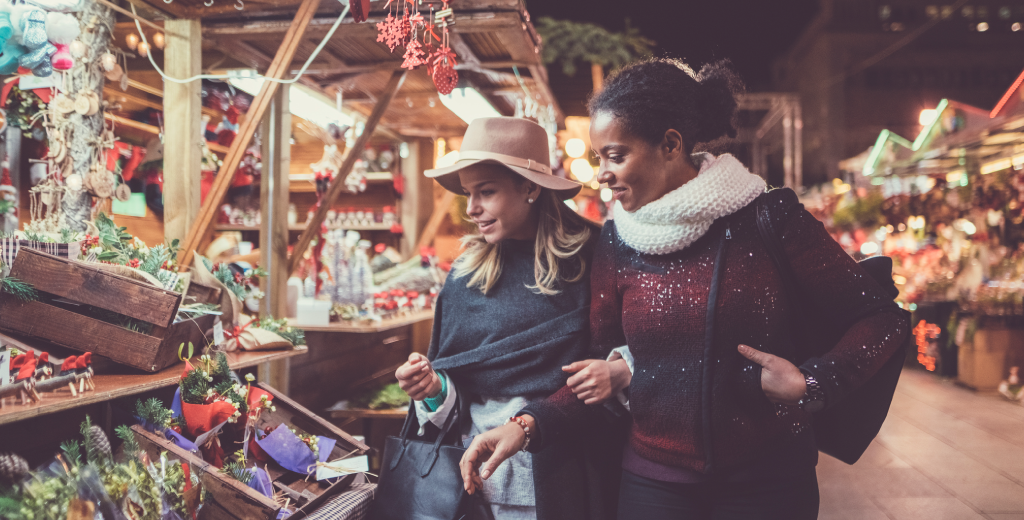
In 2020, the global pandemic completely obliterated the predictability of purchasing habits. With stay-at-home orders in place, many people shopped locally by going down the block for their necessities while also supporting their local small businesses. With these changes, there’s evidence around us to predict larger brands will rely on brick and mortar stores’ comeback and localized pop-up experiences to serve as a tool to fuel online growth and retail. Melissa Gonzalez, author of The Pop-Up Paradigm: How Brands Build Human Connections In A Digital Age, says, “[Physical stores are] where brands build deeper human connections, where they build community with robust in-store event schedules, where they test partnerships and collaborations. As a result, we will also continue to see a mix of standalone stores — a.k.a. flagships — pop-up shops and pop-in shops, depending on the market.” Looking ahead to 2021, Gonzalez predicts that most brands will continue to beta test and reinvent themselves to appeal to consumers’ demands for digitization and convenience. Brick and mortar stores and restaurants will downsize their physical locations but continue to use them to drive experiential concepts that will emotionally impact consumers and funnel them to make purchases online.
3. Saying nothing speaks volumes
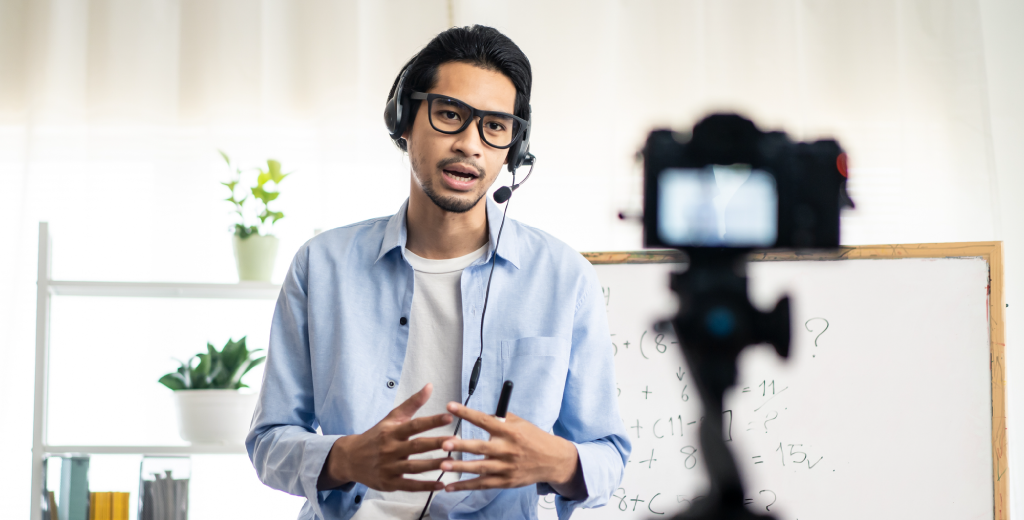
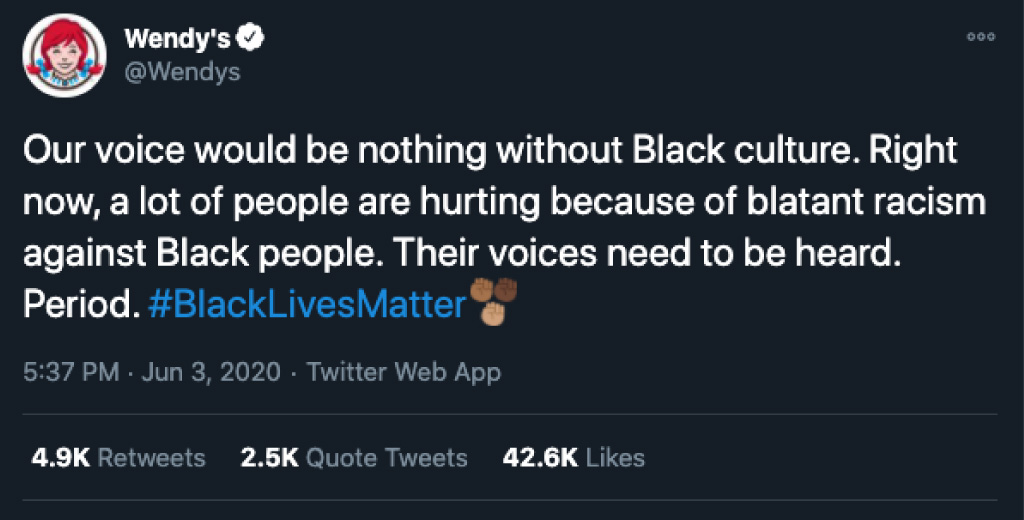
Photo credit: twitter.com
Cause marketing is being driven by a feeling of increased corporate responsibility as well as consumer demand by a very vocal and opinionated Generation Z. Because of this, brands will partner with a variety of causes, grabbing people’s attention and building brand love to have positive social impact. Look no further than fast-food titan Burger King, who launched A Day Without Whopper to support McDonald’s Children with Cancer initiative. These collaborations will have an immense impact across demographics and shift expectations for companies as entities responsible for standing up for good.
4. The future is sustainable
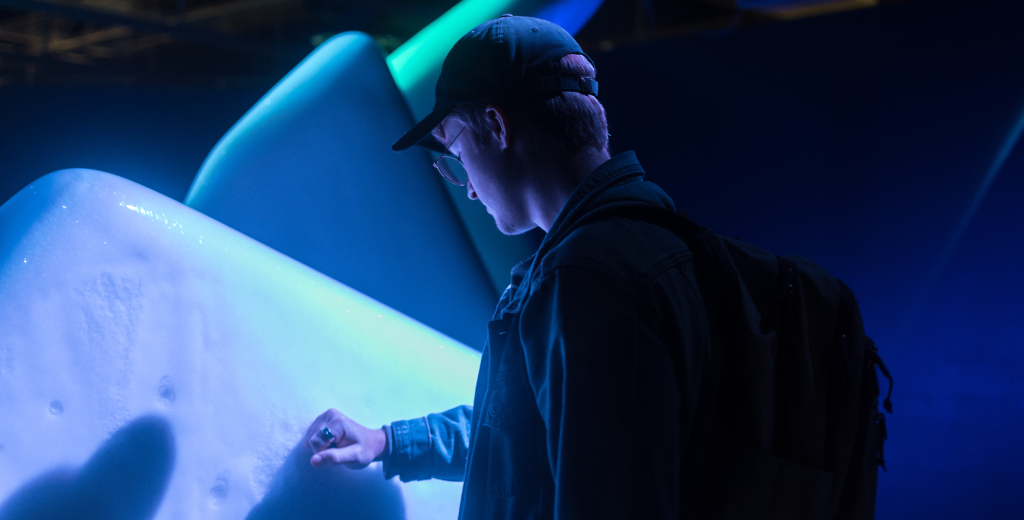
When consumers connect with a brand today, they show the rest of the world what they believe in whether its LGBTQ representation, black lives matter, or renewable energy. Brands that don’t show that they are actively working towards the same goals as their consumers will not connect to their audience — duh! Environmental awareness is here to stay and brands, marketers, and the rest of the world are responsible for thinking about sustainable strategies in our work. For experiential marketers, who often activate large-scale events, there are plenty of ways to reduce the environmental impact of your events to make them more sustainable, for example:
- Reduce travel emissions generated by your activations using video conferencing whenever possible and working with local vendors and suppliers rather than importing products.
- Make use of eco-friendly materials and provide recycling and composting bins for any materials or premiums distributed.
- Use compostable or even edible utensils and containers for any product sampling, and be sure to dispose of used materials in an environmentally friendly way.
- Create custom fabrication that can be reused and repurposed. This goes a long way to creating more environmentally friendly events.
- Design experiences and events that create memories and emotions that last beyond one interaction. Those don’t get tossed in the landfill like branded tchotchkes usually do.
There are countless brands that are recycling and producing sustainable products while paving the way for the future — Salomon, Chipotle, Adidas, Patagonia — as a few examples. In 2021, expect brands like these to work with their agencies on ultra sustainable experiences that focus on the brand experience, product, or service, and not a plastic giveaway item.
5. Perfectly imperfect content
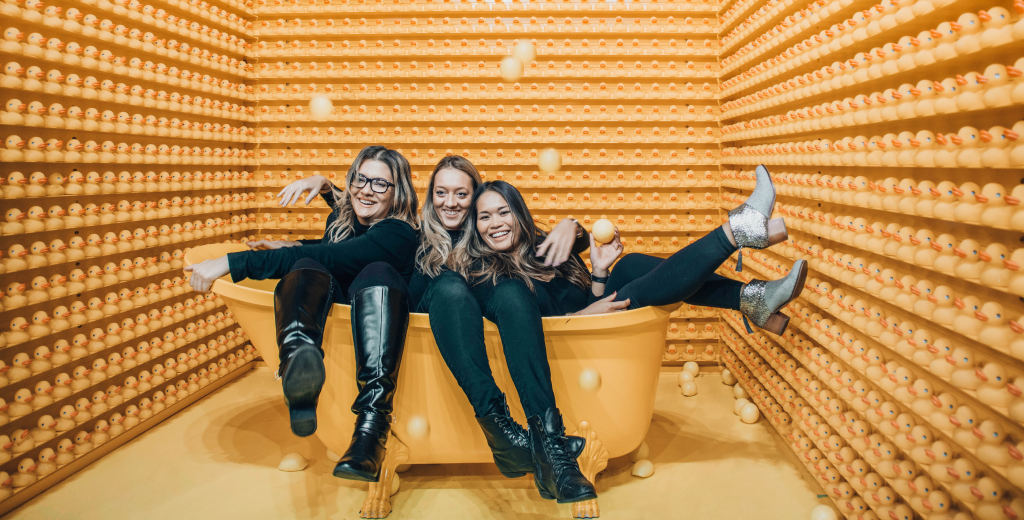
“I’m excited to see what brands and creators do with this new ‘permission’ to throw out the perfection and prioritize the real. “People want to see real, relatable content, and that can mean something that’s produced on an iPhone.” —Katie Shill, Senior Director of Marketing, Calm.
User-generated-content (UGC) is our industry’s most authentic form of digital word-of-mouth marketing. And the best part about UGC? It’s never perfect but it’s always real, which makes it valuable. Created by consumers or users rather than by a brand, UGC is now a cornerstone of many marketing strategies with 86% of companies and many big-name brands now repurposing the content of their followers and advocates.
When TikTok launched, Kevin Roose wrote in the New York Times that the platform was, “a place where people can let down their guards…a throwback to a time before the commercialization of internet influence, when web culture consisted mainly of harmless weirdos trying to make each other laugh.” The platform’s simplicity and imperfection are exactly what propelled TikTok forward as the go-to app of the next generation.
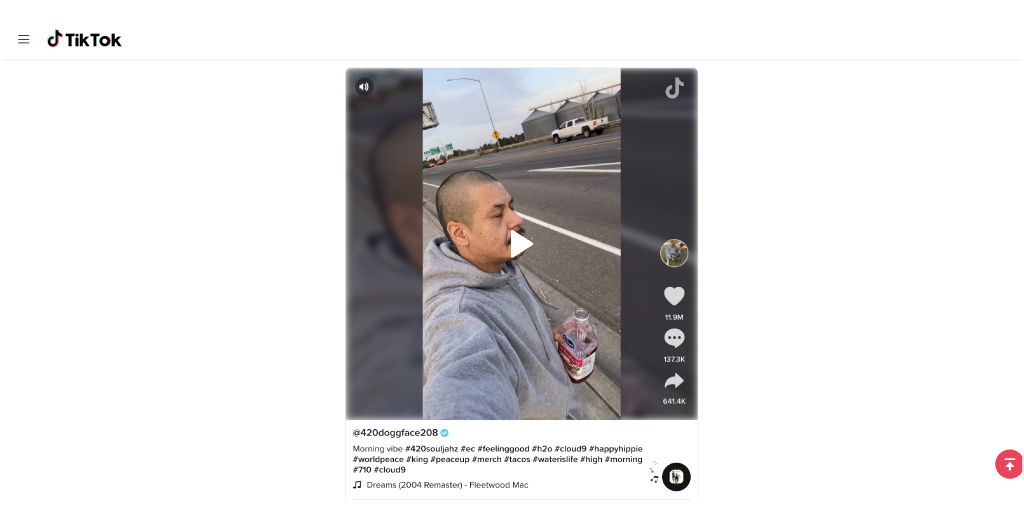
Photo credit: newsroom.tiktok.com
More often than not, UGC is some of the most incredibly creative content because the users don’t have limitations to what they say or do — i.e. @420doggface208 and Ocean Spray. Brands that utilize UGC can humanize themselves and consumers trust the content they are consuming from others just like them. Just like brands will collaborate amongst themselves, expect brands to collaborate with consumers a lot in 2021.
Trends are trending
To summarize, we’ve been actively working to figure out what the hell is going on over the past nine months. We believe these five trends are the lowest hanging fruit, the most readily achievable, and the ones that are necessary for all brands to adapt to the upcoming “new normal” in the post-pandemic world. We’re committed to seeing these trends come to life in our internal efforts and through the work we produce alongside our clients.
If you’re ready to start diving into these strategies, want to talk through the other significant trends we see bubbling to the surface, or simply want to grumble together about the dumpster fire that was 2020 — we’re ready for ya!
